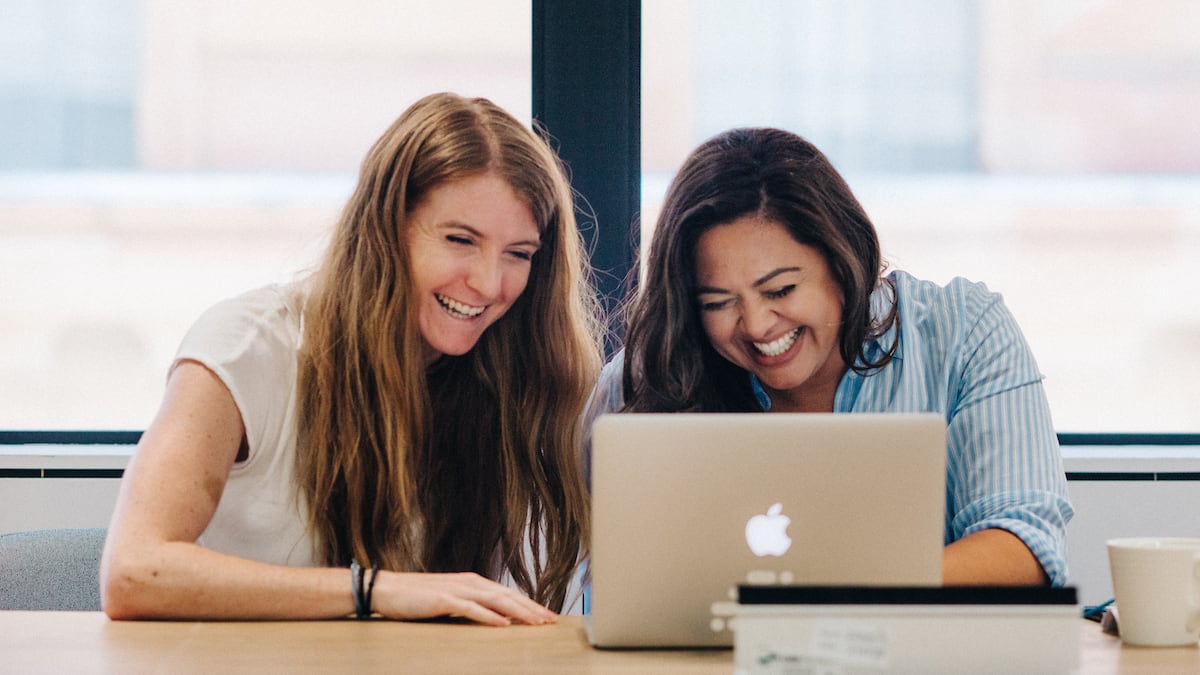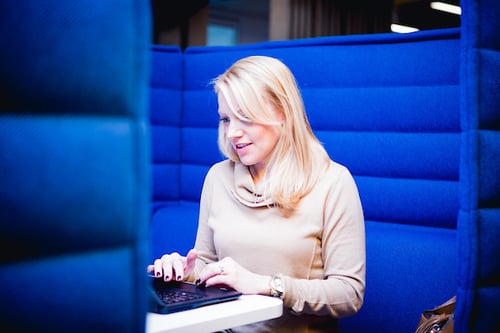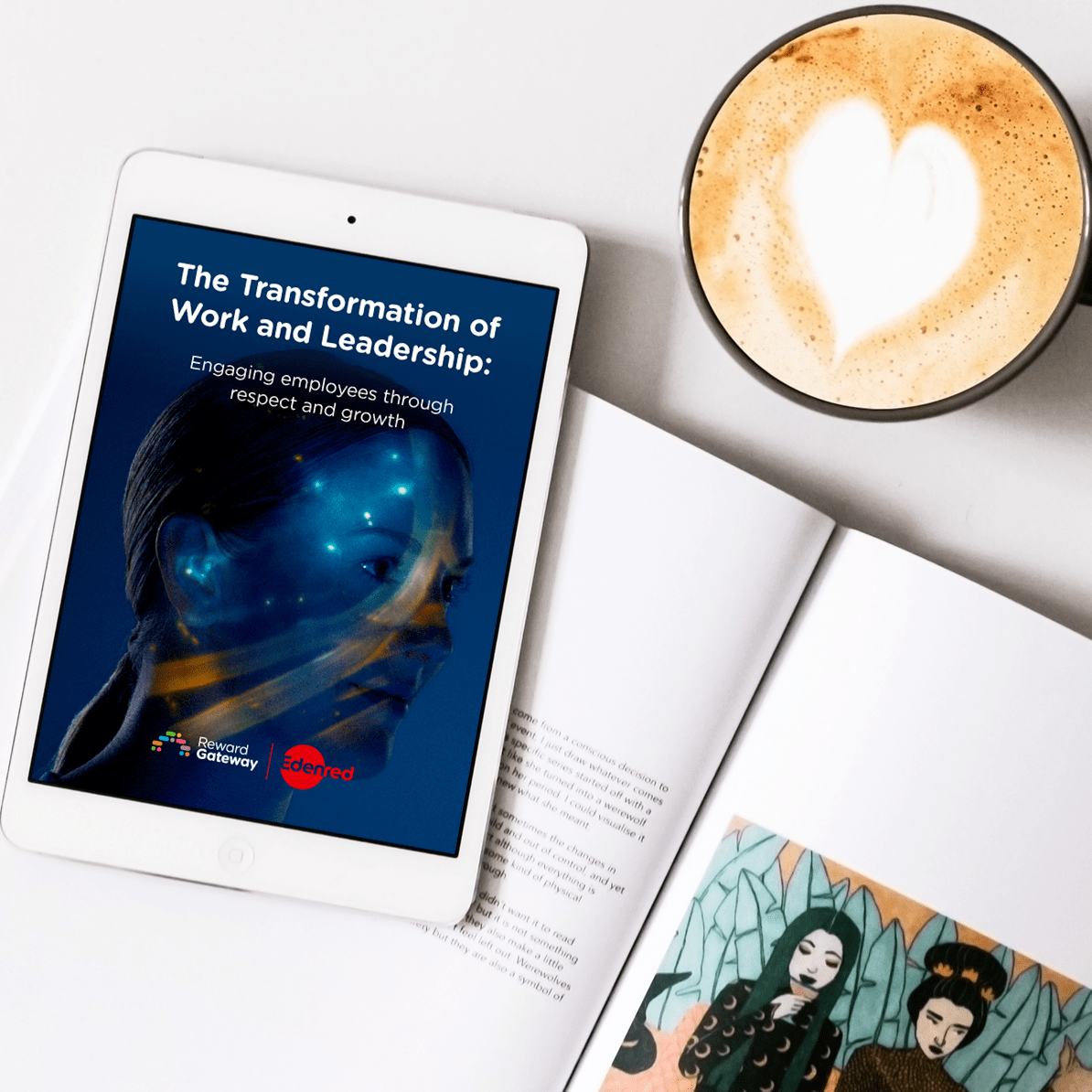5 min read
Let’s face it, we’ve all been affected by stress at least once in our lifetimes. Throughout April, companies around the globe acknowledged Stress Awareness Month in the workplace, since it’s the ideal time to hit the pause button and help your employees recharge their batteries.
It’s key to let your employees know you’re dedicated to improving the employee experience and you care about their overall wellbeing.
On a similar note, May is Mental Health Awareness Month, which goes hand-in-hand with Stress Awareness Month. We should always strive to make both of these initiatives last throughout the entire year and beyond. Discover four ideas for improving mental health initiatives in the workplace to foster more productive, engaging and profitable organizations.
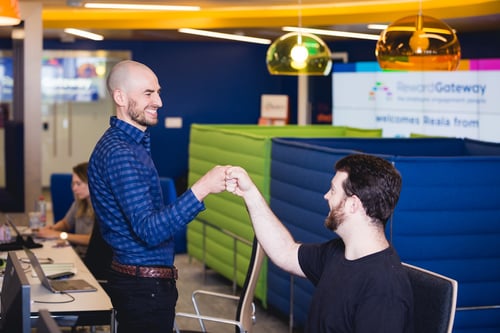
1. Create an engaging environment
Stress doesn’t only affect your employees, it also affects your business as a whole. One reason employees may be stressed is due to a lack of sleep. In fact, employees who sleep less are less motivated at work and it’s costing employers about $2,000 per employee each year, according to the Journal of Occupational and Environmental Medicine.
Stressed employees are more likely to burn out, which means they’re not engaged, motivated or productive.
So, how can we create an engaging environment where employees feel less-stressed and less-overwhelmed? Here at Reward Gateway, we fully embrace flexible working arrangements – this could mean working from home, working different hours or shifts, or working part-time – giving your employees that extra hour of sleep they need to be productive.
We work with our employees to find a solution that meets the needs of both their job and their personal life. These are tailored individually to help relieve their stress and help them be more productive. Our policy on flexible working is simple: Just ask your manager for what you think you need, and agree upon it.
When you trust your employees to get their work done in a way that works for them and create opportunities for work-life balance, they’ll come to work the next day feeling more motivated, refreshed and productive.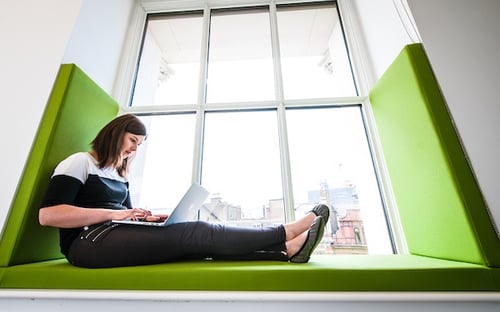
2. Provide the right resources
Do you talk about mental health at work? Do your employees feel like they can openly and honestly communicate about stress? It’s crucial that we provide the right resources to our employees to help them feel supported, especially during times of uncertainty or stress.
For Mental Health Awareness Month, we created “mental health boxes” in each of our offices across the globe to show our employees we care about their wellbeing and that it’s ok to take a break during the day to focus on your mental health or productivity.
The box in our U.S. office included:
| 1. Essential oil roll on pen |
| 2. Mindfulness cards |
| 3. Cognitive behavioral therapy book |
| 4. "Notes on a Nervous Planet" book |
| 5. Stress balls |
| 6. Mandala coloring book with markers |
Each of these elements play a role in helping employees feel less-stressed at work. If you’re unable to create a mental health box for your office, establish a reading or video nook or an area where employees can go and take a few minutes out of their day to hit the recharge button. Sometimes a sunny window seat is all we need.
Another perk we offer globally to our employees is a wellbeing allowance. Each quarter, employees choose to spend their allowance on a wellbeing initiative of their choice – whether it’s a gym membership, meditation classes or a new bicycle.
This focus on physical, financial, mental and emotional wellbeing helps employees stress less and focus on their health and happiness.
3. Respect individual preferences
Everyone has different preferences and handles situations differently, which is especially true in the work environment. Here at RG, we want our employees to feel like their individual preferences matter – especially when it comes to our office design.
Our offices around the globe are open, collaborative and agile in design – meaning employees have the freedom and choice to move around each day and pick the spot that’s ideal for them.
To combat stress in the workplace and build a culture of collaboration, it’s important to first understand people’s communication and work-style preferences.
It’s key that our offices have spaces for every individual’s needs – with quiet spaces for being heads down, open areas for collaboration and plenty of meeting rooms. We encourage our people to work the way they want to.
Knowing that you can come into the office each day and have a space designated for the type of work you need to do is one less thing for employees to worry about and helps our people be more productive.
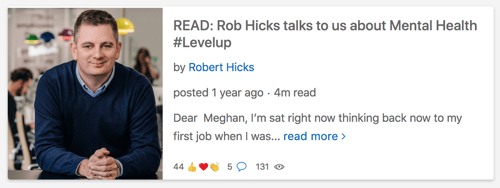
4. Build a community of empathy
Each day is different and you never know what another person in your office is going through outside of work. As Experience Managers, it’s our job to bring our people together and create a positive experience for RG employees.
Sometimes we need to put ourselves in others’ shoes to understand how we can best help and practice empathy for others.
Not sure if you’re prepared to do that just yet? Take the initiative to attend a training course to gain the skills you may be lacking. Last year I attended a mental health awareness training to help me better understand the signs and signals to pay attention to in the office.
I want people to know that they can talk to me whenever they need to.
Another initiative we kicked off last year is called “Level Up.” Through our employee engagement platform, employees shared brave stories with the entire organization to raise awareness of the importance of mental health in the workplace – helping to build a community of empathy and empowerment. We’ve also created a Slack channel for this initiative to keep the conversation going throughout the entire year.
Mental health isn’t something to shy away from at work – instead talk about and embrace it. Being flexible and practicing empathy are the keys to a profitable organization because your employees and your business will benefit from higher productivity and engagement. What next step will you take towards helping your employees recharge their batteries?

 Kaitlin Howes
Kaitlin Howes
